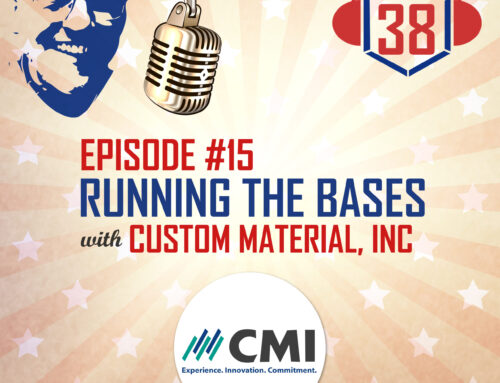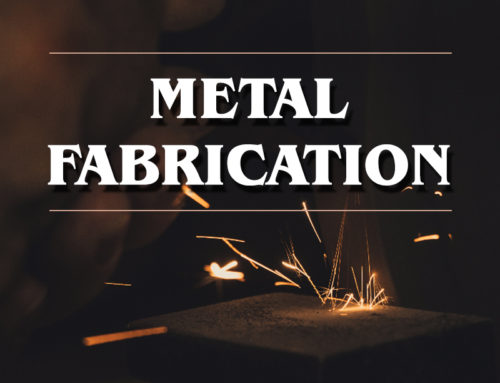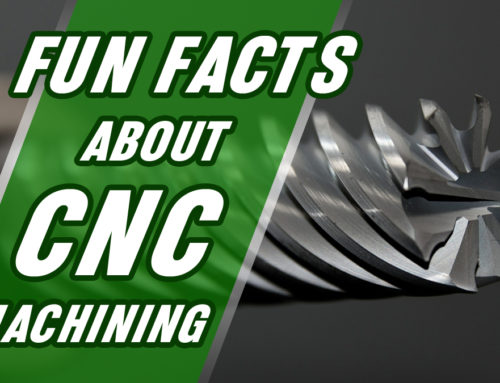Does Fiberglass Rust
Fiberglass, a composite material made of resin and glass will not rust. In fact, there is no metal in the material to rust. Iron is what causes rust, which the fiberglass quite often replaced due to its very common strengths of material. Quite often we turn to fiberglass when steel should be used but there is the potential of water that will erode the steel. Fiberglass has very similar properties to steel but it is not affected by water.
In fact, fiberglass not only doesn’t rust but it is very sturdy and strong against water. It doesn’t absorb water, so there is little expansion and contraction when exposed to water, that’s why it is so stable. While there are many types of fiberglass materials, the ones that are used here are G10, FR4, and Garolite. All of which are stable around moisture which makes them perfect for circuit boards as well as marine applications.
What Causes Rust
Rust forms on steel because oxygen and steel have different charges. This means that their molecules are attracted to each other, similar to a magnet. When they attract each other and combine, it is called oxidation, or well, rust. Without the presence of steel, you cannot have rust. That’s why fiberglass doesn’t rust, it doesn’t have the chemical makeup of the steel present in it. Fiberglass, in fact, gets its properties from glass and resin. It has the tendencies to have similar properties to steel but is not metal at all. It is very strong and stiff and can withstand intense amounts of pressure and weight in some applications.

Does Fiberglass rust
Circuit boards are very finicky as one might think. We cannot have a lot of expansion and contraction in order for them to work. This means that they need to be stable in all environments. Think about it, they are found in just about everything we use daily from garage door openers to flashlights and even our cell phones. They will endure being left in a black car in the summer and outside in the winter. The various climates of the world will not affect them as well as the material is so stable. Whatever moisture there is in the environment will not have an effect on the circuit board.
Choosing a Material
When producing a product, the first thing that needs to be done is material research. You need to ensure that your product isn’t going to fail in the field. While most manufacturers at this point can pull a product from their shelves and know and understand the properties, oftentimes, those that are designing the products don’t. Asking the manufacturer for their suggestion is wise since they work with the materials day in and day out. We here work with various fiberglass materials in our marine and circuit board division. We have studied its properties and the best way to machine and handle it. Fiberglass is a very strong and tough material that does take special tooling and understanding to work with.
How to Clean Fiberglass
Because fiberglass is utilized to layer showers, bathtubs, watercraft, and various other surface areas that routinely enter into contact with water, it’s most likely that ultimately you’ll need to eliminate corrosion spots from your fiberglass products. This process needs basic home products as well as a light touch– too much force or too rough an applicator can scrape the surface and also make stains and also rust all the more noticeable.
Clean fiberglass with soft, nonabrasive products such as polyethylene, polyester or nylon, and also prevent combing pads and powders, steel woolen as well as scuffing tools. Dampen the rust stains with water. Spread out a layer of baking soda over them.
Wet a soft nylon brush with water as well as scrub the baking soft drink gently right into the rust spots. The water in the brush should blend with the sodium bicarbonate to develop a paste; if it does not, wet the brush once more to include even more water to the blend. Leave the baking soda paste on the corrosion discolorations for one hour. Wash the paste off the fiberglass with a clean, damp sponge.
Make certain not to leave any type of baking soda residue on the surface. Damp a white cotton cloth with acetone if the discolorations are still noticeable. Open up a window for ventilation and scrub the discolorations gently with the acetone to eliminate traces of corrosion.
Have a project that you’re considering with a non-rusting material like G10 or FR4? Contact us for a free consultation.







You must be logged in to post a comment.